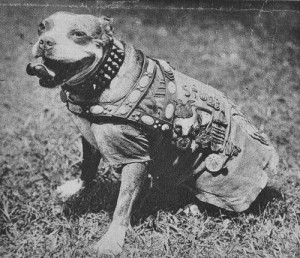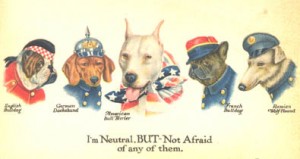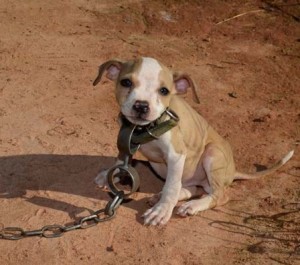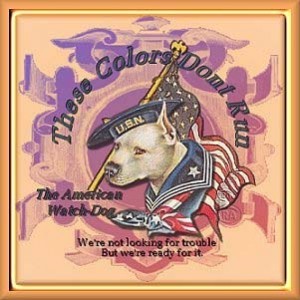Pet Page & SPCA Update

Diane Seneschal of Grand Falls remains the Vice President, Sandra Green-Glass is now the treasurer and Libby Mosher is the secretary and local representative to the NB SPCA.
The board is also pleased to announce that Jennifer Jensen of Plaster Rock is now the manager of the Arthurette Animal Shelter.
The SPCA Thrift Shop in Plaster Rock is now officially open for the season!

If you have some gently used items you’d like to clear out of your home, garage or attic, consider donating them to the shelter. You’ll make space, and help homeless pets!
All animals at the shelter receive a veterinary examination, vaccinations and any medical care needed, and are always spayed or neutered. This is a no-kill shelter. Animals stay at the shelter, or in foster homes, until they are adopted.
So, you can see that there is a constant need for volunteer help, supplies and money to care for these creatures who have, through no fault of their own, ended up at the shelter.
A notice on Facebook caught my attention just the other day. A request had been put out seeking foster homes for a small group of pit bulls who were in danger of being euthanized because they were in a shelter in a community where the breed had been banned.

The little 8 week old puppy was destined for a life of fighting slavery, if he survived at all, and was found staked with a heavy collar and chain he could barely lift.
The people involved in dog fighting put heavy chains on tiny pups to toughen and strengthen them up to prepare them for the brutal life ahead of them.
Pit bulls are the preferred breed for dog fighting rings, and are a favoured guard dog for certain types of people because of their appearance and reputation.
A number of dog breeds are regarded as “dangerous” these days, and have been demonized by both the media and public opinion. Some municipalities outlaw certain breeds, and pit bulls pretty much head this list.
But dogs, like people, are individuals and there are amazing stories of truly remarkable dogs, of all breeds, that have demonstrated unbelievable courage, loyalty and intelligence.
And, ironically, the pit bull, or bull terrier, was once considered the quintessential American dog and was a popular family pet.
A stray bull terrier who came to be called Sergeant Stubby was the very first War Dog Hero in America. I came across his story as I was looking for further information on the history of this breed and it brings tears to my eyes to even just think about it.
During the summer of 1917 Stubby wandered into a training field in Connecticut. He became especially attached to Corporal John Robert Conroy, who taught him to shake hands, and then to salute by raising his paw higher.
The night before the ship that would carry them to France was to sail, Conroy took Stubby to meet the officer guarding the ship. The guard was so charmed by Stubby’s salute that Conroy was allowed to smuggle Stubby aboard the ship under his coat the next day.
 Conroy and Stubby entered combat on February 5, 1918. The first night, Stubby noticed that the soldiers dove for cover when an artillery shell came in and then exploded. He quickly realized that an incoming shell meant danger. His sensitive hearing could pick up the high pitched whine of incoming fire much sooner than human ears and he would warn his battalion ahead of time when to take cover in the trenches, saving many lives.
Conroy and Stubby entered combat on February 5, 1918. The first night, Stubby noticed that the soldiers dove for cover when an artillery shell came in and then exploded. He quickly realized that an incoming shell meant danger. His sensitive hearing could pick up the high pitched whine of incoming fire much sooner than human ears and he would warn his battalion ahead of time when to take cover in the trenches, saving many lives.
As soon as Stubby would look to the air and bark, no one hesitated, everyone took cover.
One night the German army quietly rolled in gas bombs, and as the deadly fumes made their way downwind towards Stubby’s battalion his frantic barking warned the men to put on their gas masks. No gas mask would fit Stubby, though, so Conroy watched helplessly as Stubby gasped for air and collapsed.
He picked up Stubby’s body and left the front to walk for miles to a Red Cross field hospital that was set up well behind the lines. Stubby was given oxygen, but would it be enough to save his life?
The next morning Stubby lay still, but when Conroy spoke his name Stubby’s little tail began to thump. He had survived the gas, and he and Conroy headed back to the front to continue the battle.
Stubby went on to serve for 18 months and to participate in 17 battles. He was wounded several times, but even when he was sent back behind the lines to convalesce he kept up morale with his plucky attitude.
He found and comforted the wounded, and even caught a German spy all by himself, who he held onto ferociously until the American soldiers found him.
Back home in the USA, his exploits were front page news of every major newspaper.
He is the first decorated canine war hero, and the first to be promoted to sergeant.
After the battle for the French village of Donremy, the grateful women of the township made Stubby a chamois coat to display his service chevrons, medals, pins and buttons. It became his trademark, and is now on display at the Smithsonian Institute.
Stubby and Conroy both survived the bloodbath that was the First World War, and Conroy smuggled Stubby back home.
Sergeant Stubby was invited to the Whitehouse by 3 presidents, Woodrow Wilson, Warren G. Harding and Calvin Coolidge. He was called upon to lead numerous parades, and in 1921 Conroy and Stubby headed to Georgetown where Conroy enlisted in law school. Stubby continued his service, this time as team mascot to the football team.
During half-time, Stubby would enter the field to knock the ball around with his nose, to the delight of the crowd.
Sergeant Stubby died in John Conroy’s arms, of old age, on April 4, 1926. Think of Sergeant Stubby the next time you see a pit bull….
The Arthurette Animal Shelter is open Saturdays 11-3 and Sundays 11-2 or by appointment.
Please call 356-1117
2238 Route 109
Arthurette, NB E7H 4C2
To report cases of animal abuse, please call the SPCA Hotline at
1-877-722-1522
